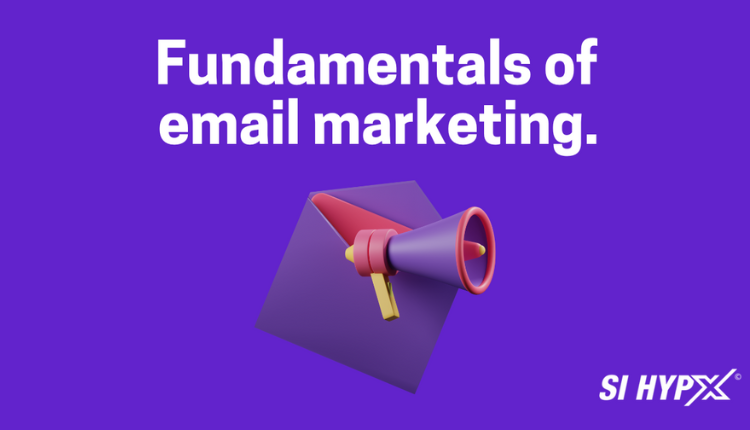Learn The Fundamentals of Content Writing for Email Marketing
Crafting compelling email content stands as a foundational skill for marketers seeking to engage and connect with their audience. From the moment a recipient opens their inbox, the content within an email plays a pivotal role in capturing attention, conveying messages, and driving desired actions.
In this article, we’ll explore the fundamentals of content writing for email marketing, delving into the importance of a strong headline, engaging copy, and a clear call-to-action.
The Power of the Headline: Gateway to Engagement
- Attention-Grabbing Subject Lines:
- The subject line is the first point of contact, serving as a gateway to your email content. Craft attention-grabbing subject lines that intrigue, spark curiosity, or convey a sense of urgency.
Example: “Unlock Exclusive Savings Inside: Limited-Time Offer Just for You!”
- Clear and Concise Preview Text:
- The preview text complements the subject line and provides a sneak peek into the email content. Keep it clear, concise, and aligned with the subject line to entice recipients to open the email.
Example: “Explore our latest collection and enjoy exclusive discounts – Open now!”
Engaging Email Copy: The Heart of Communication
- Know Your Audience:
- Tailor your language and tone to resonate with your specific audience. Understanding their preferences, interests, and pain points allows you to create content that speaks directly to their needs.
Example: A tech-savvy audience may respond well to a casual and conversational tone, while a professional audience may prefer a more formal approach.
Protip: Email database search tools like GetEmail.io helps you to know your audience better by helping you find valid email addresses. Use its chrome extension to find and segment your target audience even on platforms like LinkedIn, Salesforce, Gmail and Outlook.
- Compelling Introduction:
- The opening lines of your email set the tone for the entire message. Craft a compelling introduction that immediately captures the reader’s attention and encourages them to continue reading.
Example: “Greetings from [Your Brand]! Are you ready to elevate your [industry/niche] experience?”
- Benefit-Oriented Content:
- Clearly communicate the benefits of your products or services. Focus on how your offerings can solve problems, meet needs, or enhance the lives of your audience.
Example: “Experience the convenience of our new app – streamline your tasks, save time, and stay organized effortlessly.”
- Storytelling Elements:
- Infuse storytelling elements into your email copy to create a narrative that resonates with readers. Share anecdotes, customer testimonials, or success stories to make your content more relatable.
Example: “Meet [Customer Name], who transformed their [challenge] with [Your Product].”
- Clear and Relevant Information:
- Ensure that your content is clear, relevant, and easy to understand. Avoid jargon or overly complex language that may confuse or alienate your audience.
Example: “Here’s a quick guide to maximize your savings with our loyalty program.”
The Call-to-Action (CTA): Guiding the Next Step
- Strategically Placed CTA:
- Place your call-to-action strategically within the email, making it easily visible. Whether it’s a button, link, or text, the CTA should stand out and prompt the reader to take the desired action.
Example: “Shop Now,” “Subscribe Today,” “Get Your Free Trial.”
- Create a Sense of Urgency:
- Encourage immediate action by incorporating elements of urgency or scarcity in your CTA. Limited-time offers or exclusive promotions can drive quicker responses.
Example: “Act Fast: Only 24 Hours Left to Claim Your Exclusive Discount!”
- Clarity in CTA Language:
- Use clear and concise language in your call-to-action. Clearly communicate what the reader can expect when they click, ensuring transparency and building trust.
Example: “Download Your Free E-book,” “Start Your 30-Day Trial Now.”
Conclusion: Elevating Your Email Content Mastery
Mastering the fundamentals of content writing for email marketing involves creating a seamless journey from the subject line to the call-to-action. Craft compelling headlines that entice recipients to open, engage your audience with well-crafted copy that speaks to their needs, and guide them towards the desired action with a clear and strategically placed call-to-action. By understanding the power of each element and optimizing your content for audience engagement, you can elevate your email marketing efforts and create messages that not only get noticed but also drive meaningful interactions and conversions.
